Mount Kilimanjaro Climbing is on the wish list of every avid adventure enthusiast. Even though hiking Kilimanjaro does not require any specialized trekking skills to hike it, still it has some risks involved like altitude sickness.

Acute Mountain Sickness (AMS) otherwise known as altitude sickness or altitude illness and its serious variations, High Altitude Cerebral Edema (HACE) and High Altitude Pulmonary Edema (HAPE), are the greatest worries on Mount Kilimanjaro that you may come across while summiting the snow-capped peak of Kilimanjaro.
So, we have mentioned below detailed information about the different types of AMS, their symptoms and how these can be avoided during your Kilimanjaro Climbing:

AMS is a neurotic impact on people caused by going to high altitudes excessively quick, where bringing down dimensions in oxygen restrains ordinary physiological procedures. Normally, individuals begin encountering AMS indications at around 10,000 feet. A few people can also encounter side effects as low as 8,000 feet.
Due to Kilimanjaro’s somewhat fast climb profile altitude sickness among trekkers is tragically very common. Reportedly there are three levels of AMS, i.e., mild, moderate, and severe. However, these are curable if you take prevention after you encounter them during the trekking. Also, acclimatization also helps to prevent AMS and is therefore essential during your Mount Kilimanjaro Climbing.

On the off chance that you endure any of the side effects above it is critical to convey to your climbing partners and guide how you are feeling. These symptoms generally disappear if you rest for a day at the level at which they initially began. This is the reason why an acclimatization day where you move high and rest low is so vital!

An unmistakable sign that you are encountering moderate altitude sickness manifestations is the point at which one or the majority of the mild symptoms begin deteriorating to a degree that ends up crippling.
Climbing under moderate symptoms can lead to death. So, it is important you descend at least 1000 feet, but more if necessary, stay at a lower altitude until the point that the signs die down. When the side effects have vanished you have acclimatized and you can Climb Kilimanjaro once more.
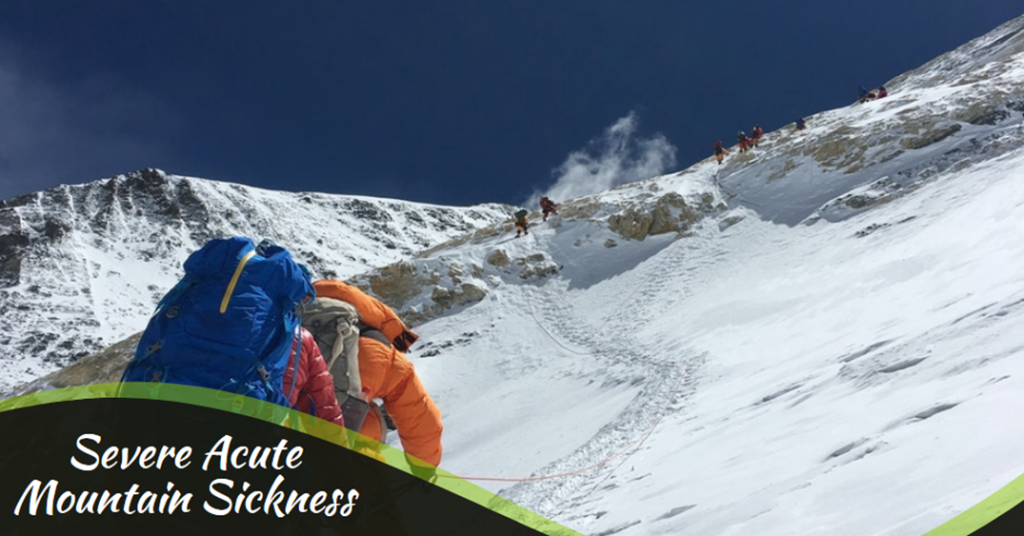
Hiking under Severe Acute Mountain Sickness symptoms is seriously hazardous and must never happen. Individuals encountering Severe AMS are normally unfit to walk, a battle to inhale and come up short on their psychological abilities to think straight.
There are two conditions related with Severe AMS, each of which happens when liquid holes through the capillary walls either into the lungs (this is called High Altitude Pulmonary Edema – HAPE) or into the cerebrum (this is called High Altitude Cerebral Edema – HACE).
The two conditions are uncommon however quite often happen in view of rising excessively high, excessively quickly, or in light of the fact that one has remained excessively long at high altitude.
So, if anybody Trekking on Kilimanjaro experiences these symptoms should convey it to the tour guide. Because if your tour guide senses anything serious he can immediately contact our base operators and arrange for stretcher evacuation if necessary chopper evacuation so that the person affected could get immediate medical help.
However, AMS can easily be prevented if you follow some rules which are very significant in preventing altitude sickness during your Mount Kilimanjaro Climbing:

The most ideal way you can bring down your possibility of getting altitude sickness is through acclimatization. That implies you let your body gradually become accustomed to the adjustments in pneumatic stress as you travel to higher elevations.
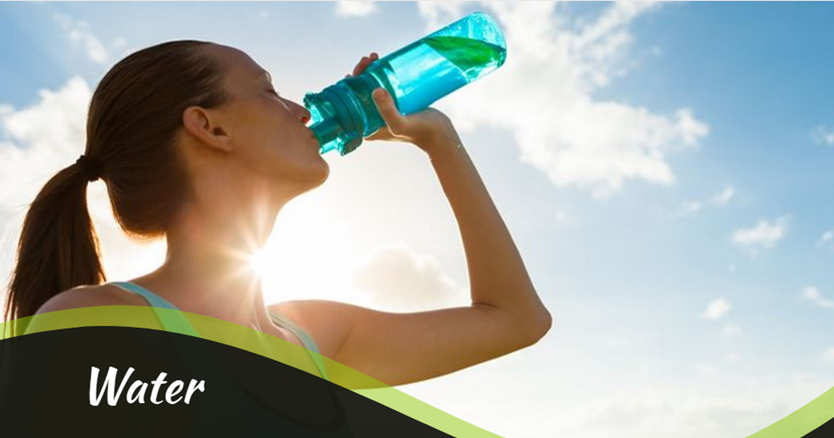
Drink at least three liters per day during your Kilimanjaro Climbing as it is important to stay hydrated during your trek. So drink plenty of water on your journey. Even if you aren’t feeling thirsty, it is important to keep up your fluid intake to prevent any of the harmful effects of altitude sickness.

Are you a slow walker or is your pace ridiculously slow? Then it must be the correct one for Kilimanjaro. As walking slowly enables you to conserve your energy and acclimatize as you go.

Your appetite decreases as you gain rise. This implies you have to control eat on the principal days of the trek and endeavor to drive yourself to eat at rising. Not having enough vitality holds, especially on summit day, isn’t good.

Sleeping soundly turns out to be increasingly troublesome the higher you go in height – your heart races and your brain is meandering all through visualization like dreams. Go to bed early and rest as well as can be expected. You’ll require all the rest you can get.
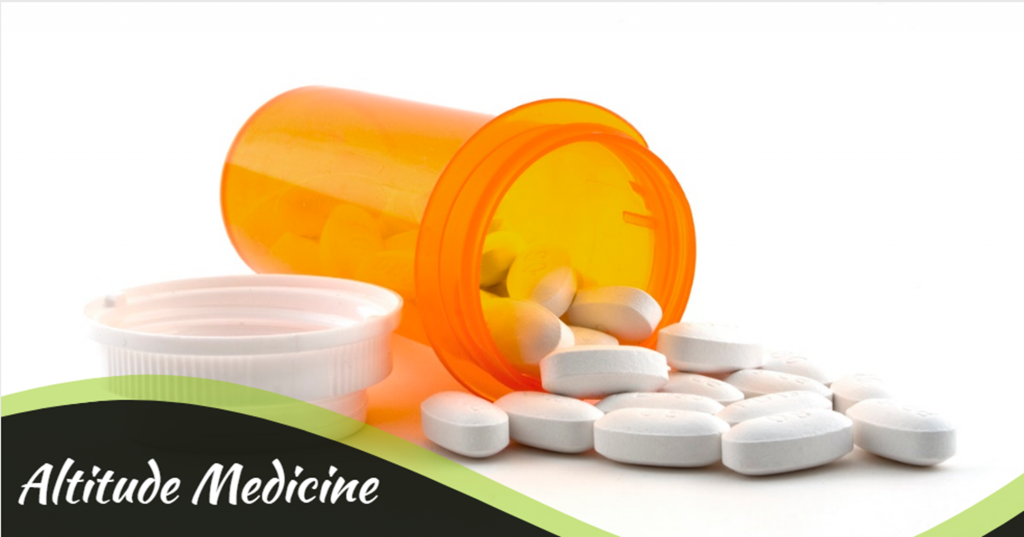
You can take altitude medicine – Diamox with you while trekking. However, it is best to avoid taking them and should always be taken as the last resort to prevent altitude sickness. However, if you are taking Diamox, then drink more water at least 4-4 liters as it changes the pH of your blood making it more acidic. So, it is recommended to drink more water after taking the medicine.
Hope that the above-mentioned details on Altitude Sickness will help in your Mount Kilimanjaro Climbing. And if you’ve not yet taken this adventure trek, then visit us bigexpeditions.net to explore our Kilimanjaro trek and Safari packages.
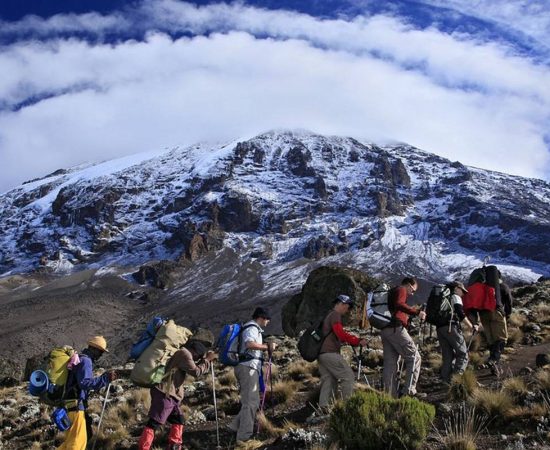
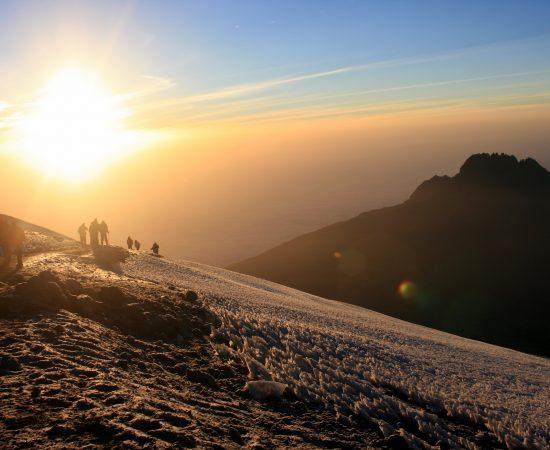
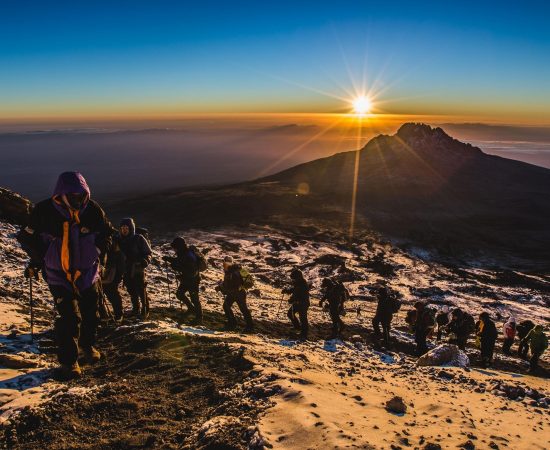

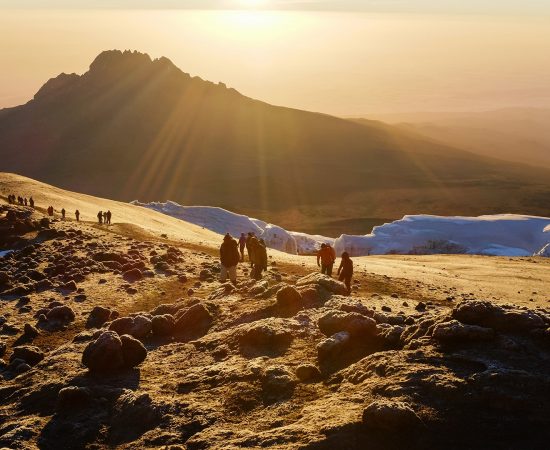
Subscribe our newsletter to stay updated.
Whether you are looking to explore the wildlife of the Serengeti, or begin your expedition up Mount Kilimanjaro, we have something suitable for all of you. Get in touch with us today and our team of specialists will help build your experience of a lifetime to Tanzania
Read More